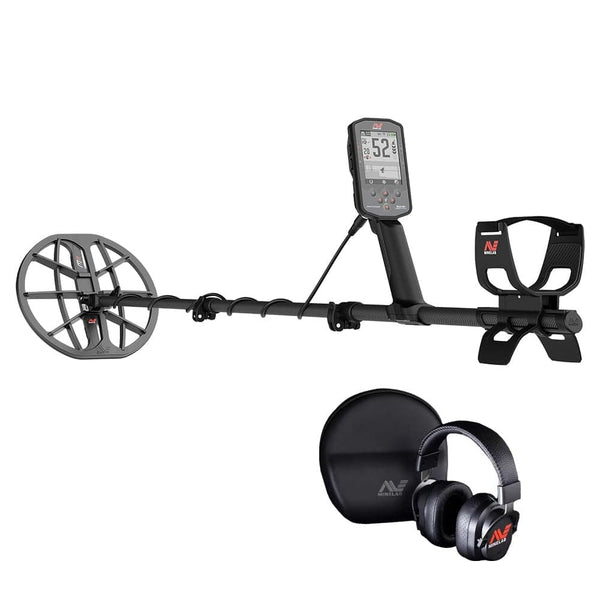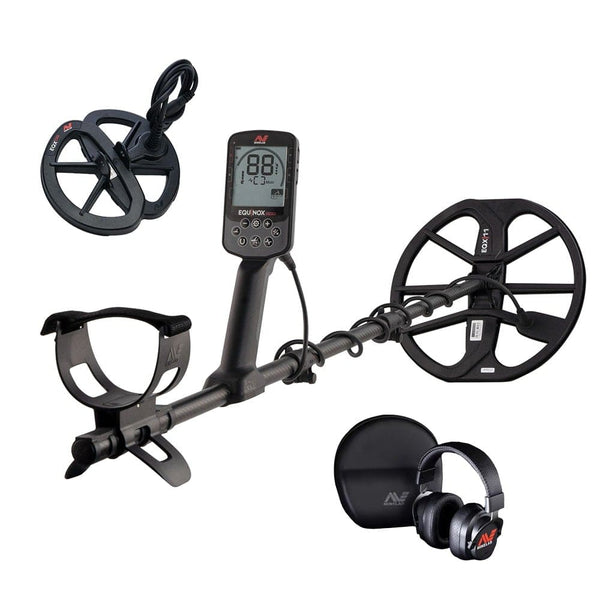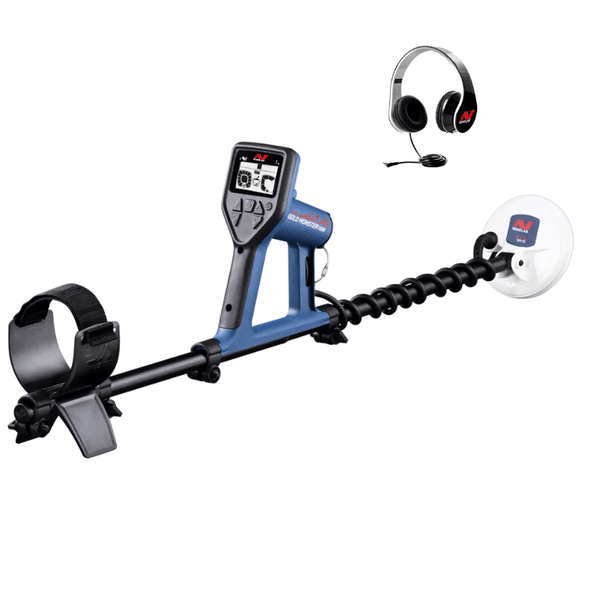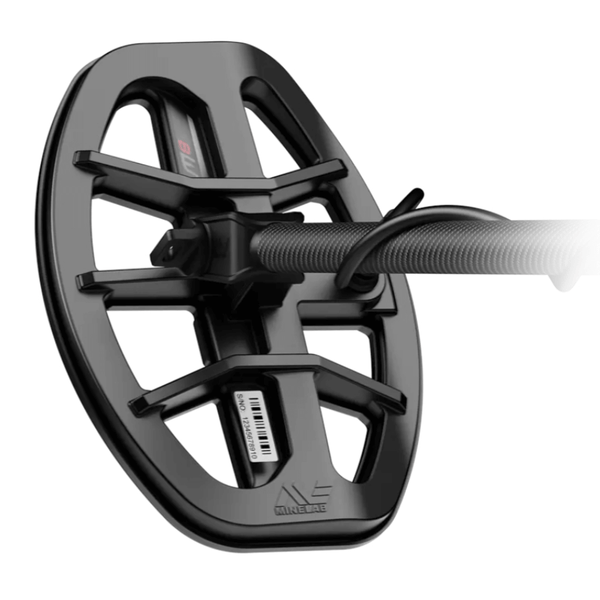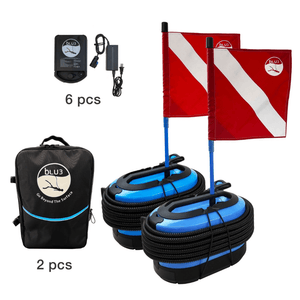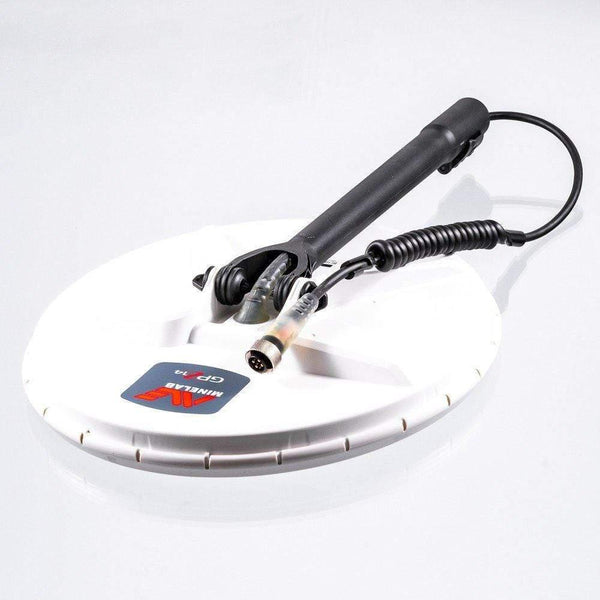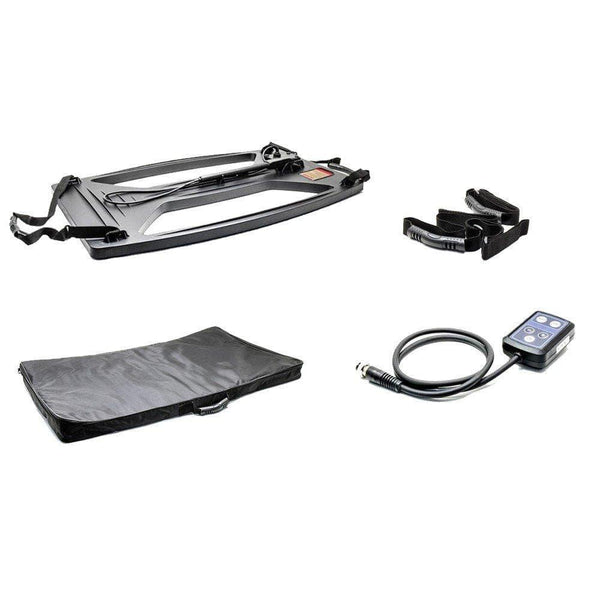Top 10 Hidden Places to Metal Detect and Find Treasure
You can find excitement and history through metal detecting, which is more than just a hobby. Every time your metal detector goes off, you might find a lost coin, keepsake, piece of jewelry, or even treasure from a long time ago. There are real treasures to be found in places that are lost and hard to find, though. Many people stick to beaches and parks.
This guide will show you 10 hidden places that treasure hunters might not know about but are full of opportunities. These places could help you find great things whether you're a beginner or an expert.
Before You Begin: Essential Metal Detecting Tips
Research Laws & Get Permission – Many locations are private property or protected land. Always seek permission before detecting.
Use the Right Equipment – A high-quality metal detector will improve your success rate. Find the best metal detectors.
Bring the Right Accessories – Tools like a pinpointer, shovel, and finds pouch make metal detecting easier.
Be Respectful – Leave no trace and always refill holes after digging.
Before you begin, make sure you’re using a high-quality metal detector for the best results. Find the top-rated detectors
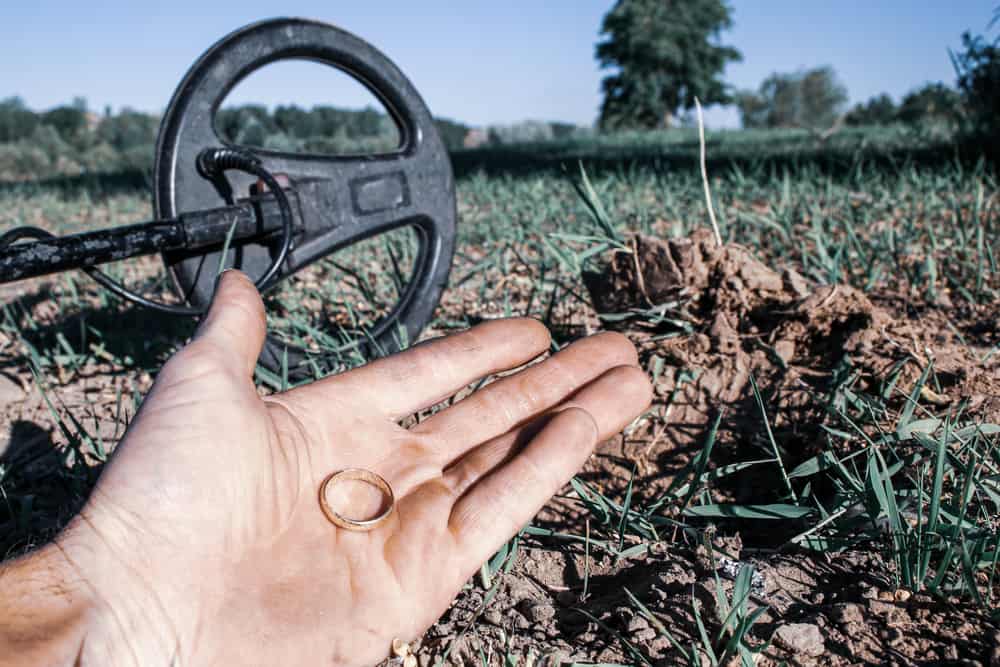
1. Old Home Sites & Abandoned Houses
Why It’s a Hidden Treasure Spot:
Some of the best places to find old coins, buttons, lost jewelry, and personal things are in empty homes and on home sites. People who lived in homes made in the 1800s or early 1900s often didn't have banks, so they buried their savings or lost valuables inside their homes.
Where to Search:
-
Front and backyard areas – People often gathered, played, and worked here.
-
Near large trees – Many families buried keepsakes under trees for safekeeping.
-
Around wells, barns, and cellar doors – These were frequently used areas.
- Under porches and steps – Coins and small items could have fallen through the cracks.
Example Finds:
- A metal detectorist in Kentucky found a jar filled with silver coins from the 1800s under an old oak tree near an abandoned farmhouse.
- Another found a Civil War-era belt buckle near an old home foundation.
Pro Tip:
Use historical maps and old county records to locate abandoned homesteads in your area.
- Always get permission from property owners before detecting!

2. Ghost Towns & Forgotten Settlements
Why It’s a Hidden Treasure Spot:
Ghost towns have a lot of history and are often still untouched by modern life. These towns used to be very busy, but they were abandoned because of natural disasters, changes in industry, or the loss of money. People left behind gold coins, artifacts, tools, and old collectibles.
Where to Search:
-
Near old saloons, hotels, and general stores – High foot traffic areas where people spent money.
-
Around railroad tracks and depots – Travelers often lost valuables while boarding and unloading.
-
Near old wells and water sources – People gathered here, making it a prime spot for finds.
- At town gathering areas like churches, schools, and markets.
Example Finds:
- A detectorist in Nevada discovered an 1800s gold coin near an abandoned saloon.
- Old pocket watches, sheriff’s badges, and silver dollars have been found in ghost towns across the U.S.
Pro Tip:
Use Google Earth to locate abandoned towns hidden in forests or deserts.
- Research property ownership—some ghost towns are privately owned or historical sites.

3. Riverbanks, Creeks & Lake Shores
Why It’s a Hidden Treasure Spot:
People have used rivers and lakes to travel, trade, and look for gold for hundreds of years. While moving, people have dropped money, weapons, and even jewelry into the water. A lot of these things still need to be found!
Where to Search:
-
River bends and shallow areas – Heavy objects settle in curves and slow-moving water.
-
Near old bridges and ferry crossings – Travelers often lost coins when paying tolls.
-
At old swimming holes – Lost rings and jewelry are commonly found here.
- Underwater at dock areas – Metal detecting in shallow waters can reveal historic finds.
Example Finds:
- Gold prospectors in California still find gold nuggets in creeks using metal detectors.
- A diver using an underwater metal detector found a sunken treasure chest from a 19th-century shipwreck!
Pro Tip:
Use a waterproof metal detector for river and lake detecting.

4. Churchyards & Historic Meeting Places
Why It’s a Hidden Treasure Spot:
Churches, town halls, and public gathering places have seen millions of visitors over centuries, making them great places to find coins, buttons, rings, and relics.
Where to Search:
-
Around walkways and entrance paths.
-
Near old pews and seating areas.
- Around gardens, courtyards, and open fields.
Example Finds:
- A metal detectorist in England found a 1,200-year-old gold cross near a medieval church.
Pro Tip:
Always ask for permission before detecting near religious or historical sites.
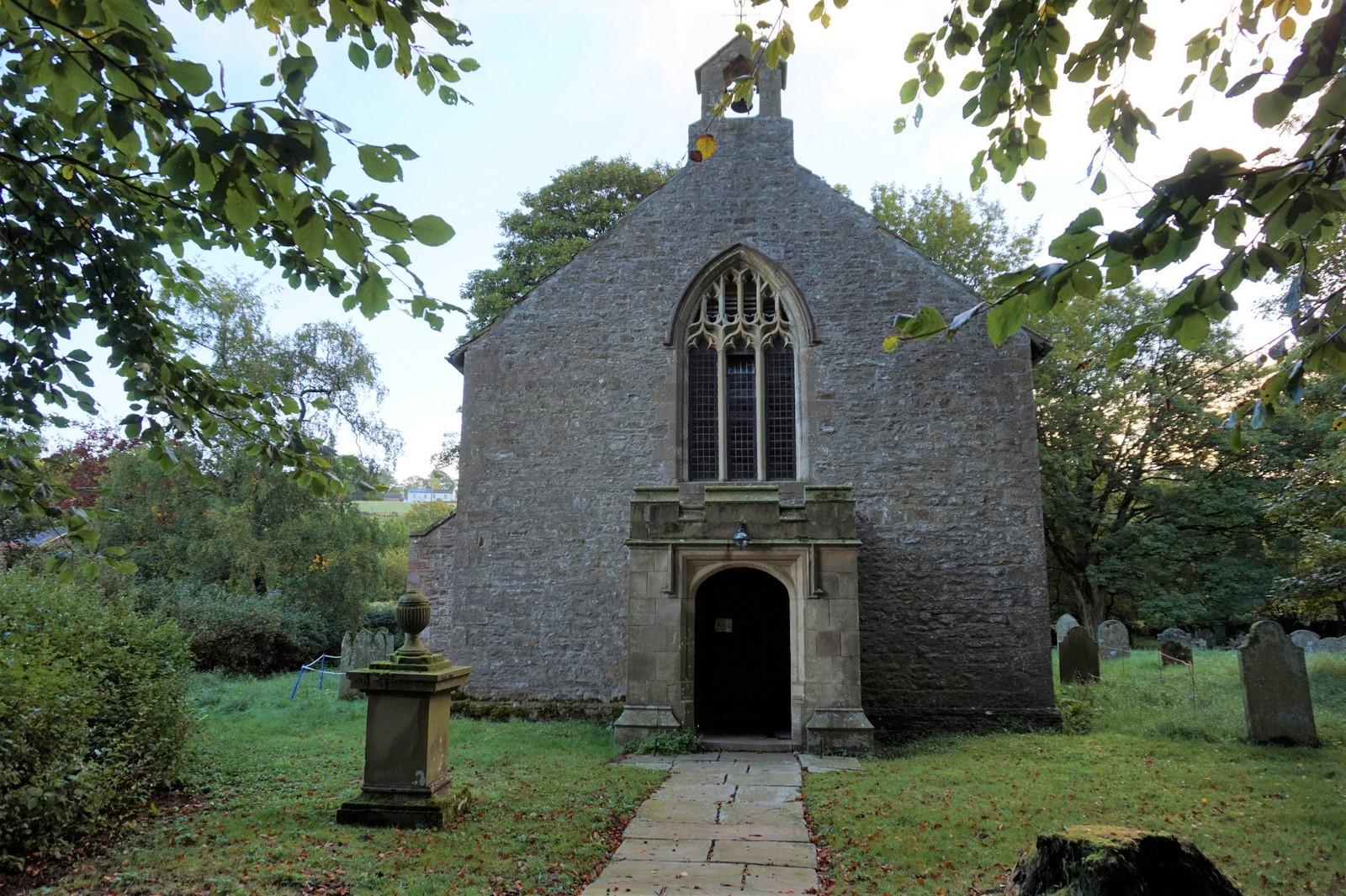
5. Historic Fairgrounds & Carnivals
Why It’s a Hidden Treasure Spot:
Toys, coins, and gold have always been lost at fairs, carnivals, and amusement parks.
Where to Search:
-
Under grandstands and bleachers – People lose items while watching events.
-
Near game booths and food stands.
- Around old entrances and exit paths.
Example Finds:
Tokens, old silver dimes, and even gold rings have been found at old amusement park sites.
Pro Tip:
Look for fairgrounds that operated in the early 1900s for the best finds.

6. Military Camps & Battlefield Sites
Why It’s a Hidden Treasure Spot:
Battlefields and old military camps are home to amazing artifacts from wars and battles. During the war, soldiers lost many things, like cash, buttons, medals, and belt buckles. Some locations may still harbor buried caches from the troops' departure.
Where to Search:
-
Old war camps and barracks – Soldiers carried money and personal items.
-
Near trenches and foxholes – Personal items and weapons were often dropped or buried.
-
Around old roads and supply routes – These areas saw a lot of movement and lost items.
- At former battlefields – Look for lost gear, relics, or war memorabilia.
Example Finds:
- A metal detectorist in Virginia discovered a Confederate belt buckle from the Civil War that is worth a huge sum of money.
- In Europe, people who like to collect things have found dog tags, buttons, and war badges from WWII.
Pro Tip:
Many battlefield sites are protected by law. Always check local regulations and get permission before detecting in historical military areas.

7. Farm Fields & Barns
Why It’s a Hidden Treasure Spot:
Old farms have been around for hundreds of years, which makes them great places to find metal. Folks who worked on the farms lost coins, tools, and jewelry over time. Since banks weren't common in the early days of farming, many farmhouses hid money.
Where to Search:
-
Around the main farmhouse and barns – Families often dropped valuables here.
-
Near fence lines – Items get buried by plowing over the years.
-
In old wells and spring areas – Water sources were gathering spots.
- In fields where people used to work and harvest crops.
Example Finds:
- While mowing his field in England, a farmer found a huge hoard of Roman coins.
- In Ohio, a gold pocket watch from the 1800s was discovered in a barn.
Pro Tip:
New things often rise to the surface after it rains or snows, which is the best time to look!

8. Railroad Stations & Tracks
Why It’s a Hidden Treasure Spot:
In the past, railroads were the main way people traveled and did business. A lot of coins, watches, and other valuables were lost while people were moving or waiting for trains. You can find things in old train stops and camps for railroad workers.
Where to Search:
-
Old station platforms – Coins and jewelry fell from passengers' pockets.
-
Near ticket counters and benches – People handled money here.
-
Beside railway bridges and tunnels – Objects got thrown or lost.
- Near abandoned train depots – Workers often left tools and gear behind.
Example Finds:
- A metal detectorist found a 1902 silver half-dollar at an old train station site.
- A railway worker’s lost gold ring was recovered after 80 years.
Pro Tip:
Railway stations moved over time, so use old maps to find where tracks and depots once existed.

9. Beaches & Private Resorts
Why It’s a Hidden Treasure Spot:
Gold rings, jewelry, and coins are often lost at beaches and holiday spots. When people swim, play, or lay out in the sun, they lose things. The tides often bring lost goods to the shore.
Where to Search:
-
Near lifeguard towers and changing rooms – People remove and drop jewelry.
-
At volleyball courts and picnic areas – Items fall from pockets during activities.
-
In shallow water and low tide zones – Rings and coins settle in sand.
- At older, less-visited beaches – Hidden treasures remain untouched.
Example Finds:
- A detectorist in Florida found a Spanish gold coin worth $10,000 buried in the sand.
- Hundreds of lost wedding rings have been recovered from public beaches.
Pro Tip:
Use a waterproof metal detector for shallow water searches.

10. Hiking Trails & Old Trade Routes
Why It’s a Hidden Treasure Spot:
For hundreds of years, people went on foot, by horse, and in wagons. Along old trade and migration routes, they often lost coins, artifacts, and supplies.
Where to Search:
-
Near river crossings – Travelers dropped items while crossing water.
-
At old campsites and resting spots – People lost valuables while stopping overnight.
-
Along mountain trails and passes – Traders, soldiers, and settlers left objects behind.
- Near stagecoach stops and supply stations – Lost money, gun parts, or metal tools.
Example Finds:
- A detectorist found gold prospecting tools from the 1800s near an old wagon trail.
- Lost military dog tags and coins from the 1700s were discovered on a remote hiking trail.
Pro Tip:
Hiking trails are constantly changing, so use historical maps to find old routes no longer in use.

Final Metal Detecting Tips
- Research historical maps for forgotten locations.
- Always get permission before detecting private land.
- Bring a pinpointer to locate small objects faster.
- Be patient—treasure hunting takes time!
For the best metal detectors, accessories, and expert recommendations, visit Modern Metal Detectors and start your treasure-hunting journey today!



